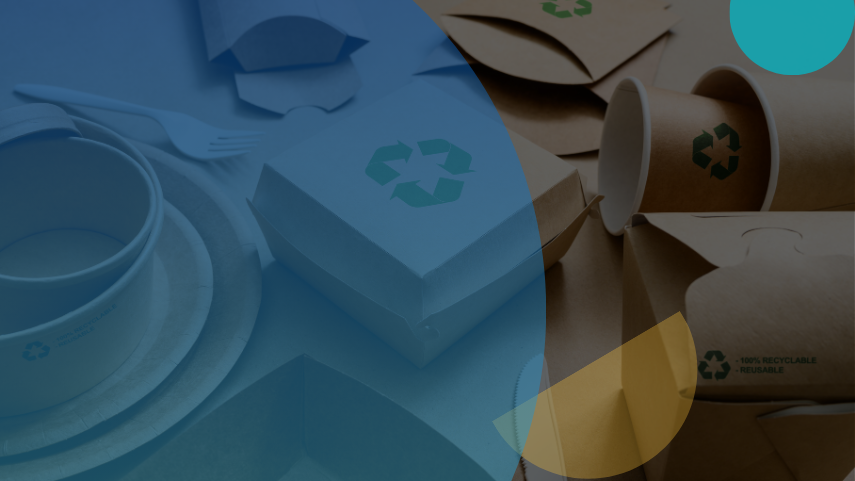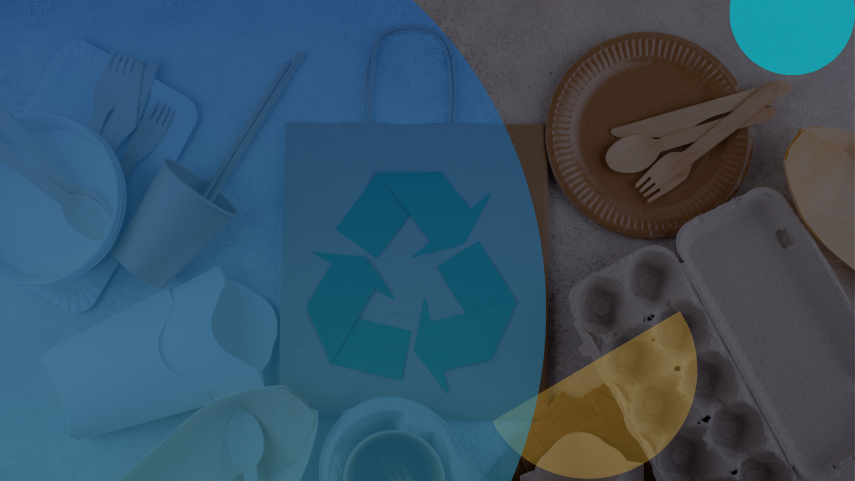
Addressing the Challenge of Polymer Degradation During Sterilization
The R&D team of a leading healthcare company was tasked with identifying innovative solutions that would preserve the essential properties of various polymers while ensuring compliance with regulatory standards. This initiative was driven by the fact that the existing method of sterilizing polymer-based materials using UV radiation had led to material degradation over time, impacting the components’ integrity, flexibility, and performance.
The team was specifically focused on finding solutions to address the following challenges:
- Material Degradation: Current sterilization methods, like UV radiation, were causing certain materials to degrade over time, affecting their strength and overall performance.
- Limited Compatibility: Not all sterilization techniques were compatible with every type of material, restricting available packaging and material options.
- Regulatory Compliance: Ensuring adherence to stringent healthcare regulations presented additional challenges, particularly when considering new or alternative sterilization technologies.
Recommending Cost-Effective and Compliant Sterilization Alternatives
A multi-level approach was used to filter the recommendations to suit the client’s requirements. The parameters used included thorough investigation into cost-efficiency, regulatory compliance, physical, chemical, or biological interaction with the material, competitive activities, and the successful implementation of alternative sterilization methods in other industries.
This ensured that the recommended solutions had a very high potential to replace the existing sterilization technologies and maintain quality and cost.
For example, the table below shows the analysis of E-beam Sterilization as an alternative to the existing UV Sterilization technique.
Key Findings from the Analysis
The in-depth analysis of alternative sterilization methods identified e-beam sterilization as a promising option to replace existing technologies:
E-beam Sterilization
E-beam irradiation showed positive results when tested with rubber, maintaining a similar appearance and mechanical properties as UV radiation while offering cost advantages. However, its lower penetration power requires careful evaluation for specific sterilization applications. Regulatory approvals further support its potential as a viable solution.
Two key processes were observed during e-beam irradiation of certain rubbers:
- Crosslinking: Formation of stable free radicals, particularly in polyolefin elastomers and silicone rubbers.
- Chain Scission: Degradation of chlorobutyl rubbers, resulting in smaller radicals as polymer chains break down.
These findings suggest the need for further research into how e-beam interacts with different types of rubber, offering potential improvements for sterilization methods in healthcare applications.
Research Process- How did GreyB Help?
Identifying Sterilization Solutions and Trends
A comprehensive investigation was conducted, analyzing a wide range of sources including patents, research papers, conference publications, and market reports. The research process included both scientific intelligence (focused on intellectual property and publications) and market intelligence (focused on products and regulations). Non-patent literature, such as webinars, news articles, and annual reports, was also explored to identify the latest innovations in sterilization technologies.
Evaluation and Categorization
Once the relevant literature was extracted, a manual screening process was conducted to filter out irrelevant information and remove false positives. A taxonomy was created to organize the relevant data into categorized nodes, ensuring that the information was easy to navigate and understand.
Trends, Insights, and Recommendations
The final step involved cross-referencing scientific literature with market intelligence, regulations, and technical specifications to derive actionable insights. Based on the trends identified, strategic recommendations were provided, offering clear guidance on next steps for adopting innovative sterilization solutions.
Enhancing sterilization processes while maintaining material integrity and ensuring regulatory compliance can be challenging. Companies often encounter obstacles such as:
- Mitigating material degradation from sterilization methods.
- Balancing cost-effective solutions with product performance.
- Navigating stringent regulatory requirements.
There’s no single solution that fits all needs. If you want to optimize your sterilization methods and improve product safety, connect with our experts today to explore tailored solutions that work for your business.
Schedule a Consultation With Our Experts Today
Get in touch by filling out the form below







